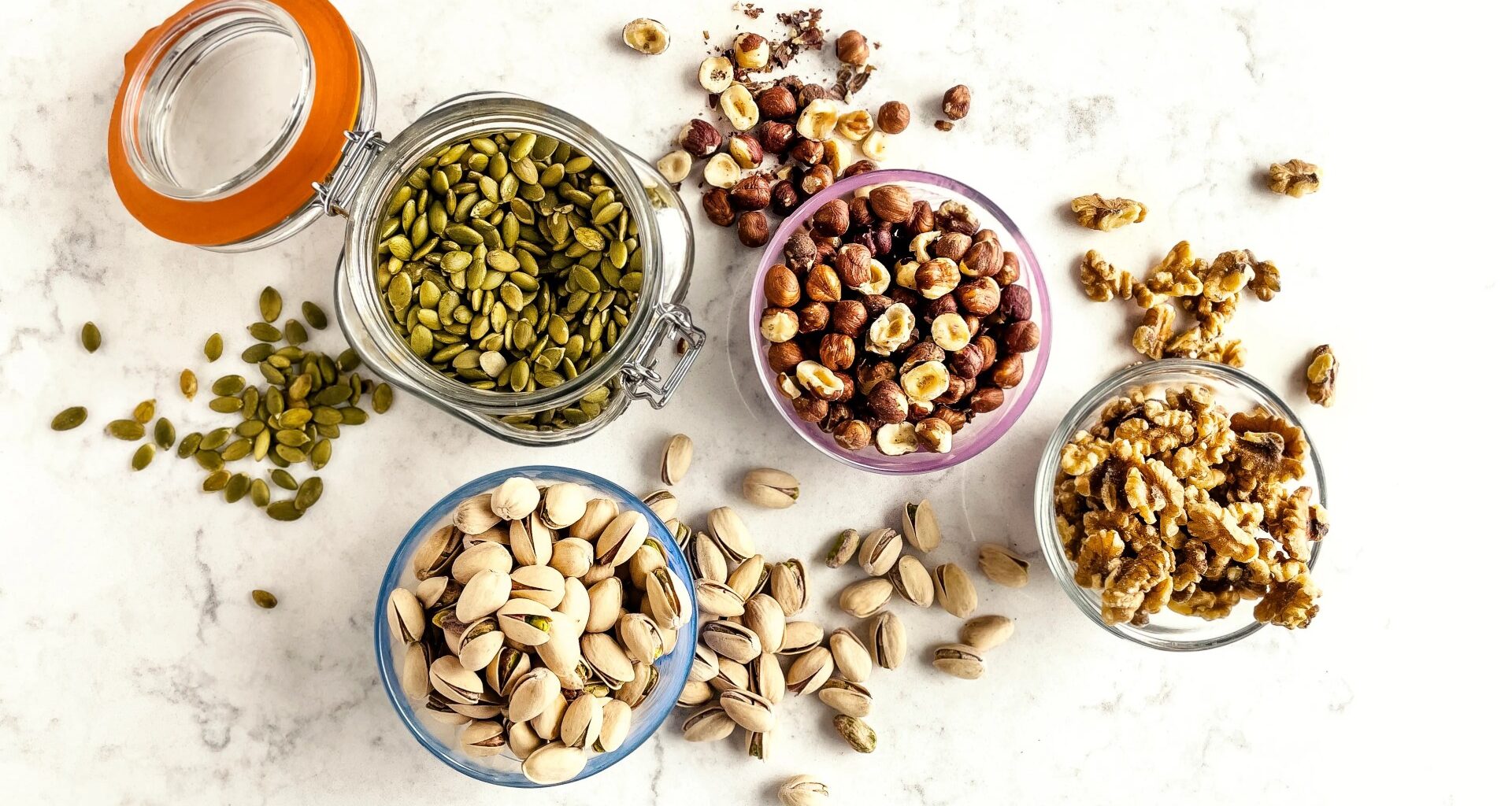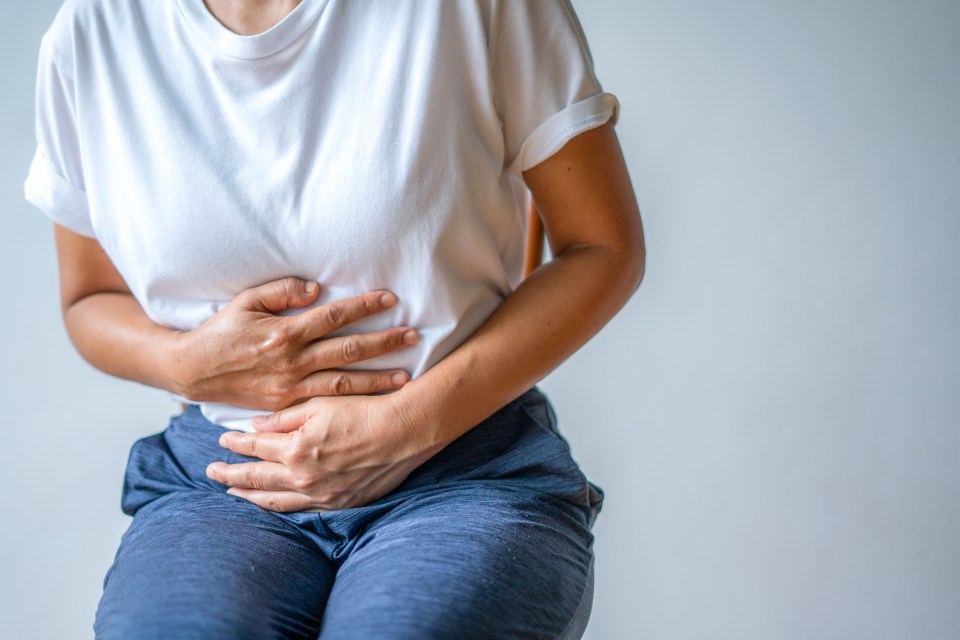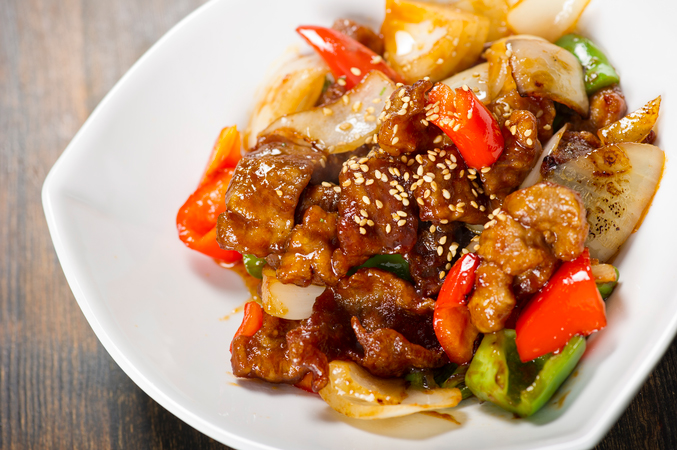CRAMPS, irritability, crying and cravings are just some of the symptoms women have to put up with as a result of their hormones.
These chemical signals take us on a rollercoaster ride, up and down, from puberty to menopause.
5
Cramps are one of the symptoms women have to put up with as a result of their hormones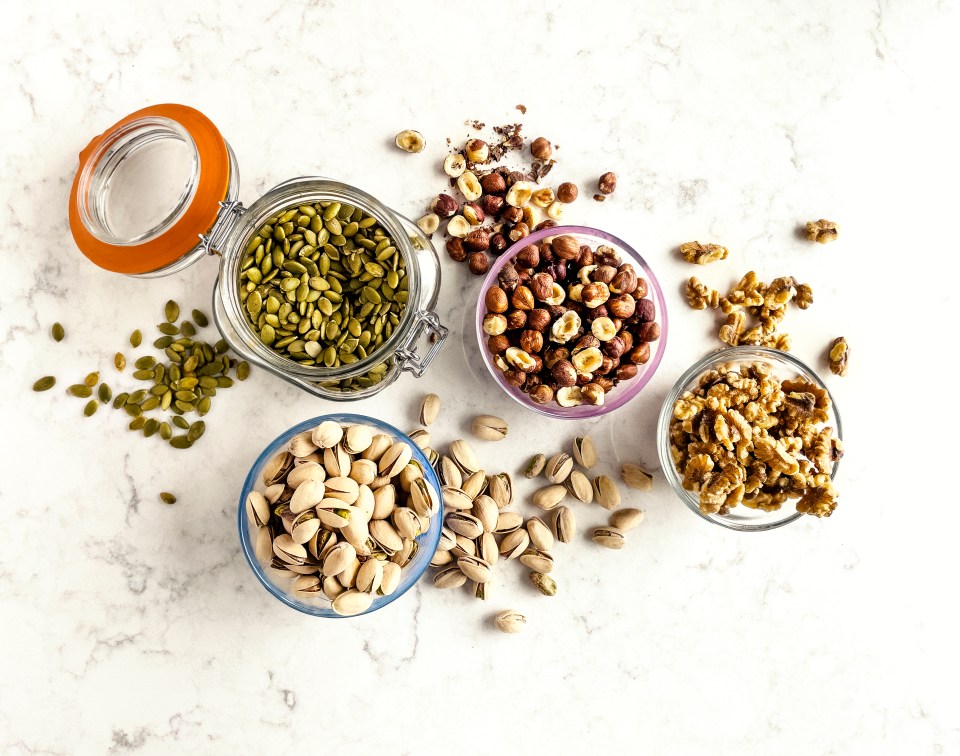
5
Seeds can help balance out hormones, lessening mood swings, brain fog, poor sleep and irregular periodsCredit: Getty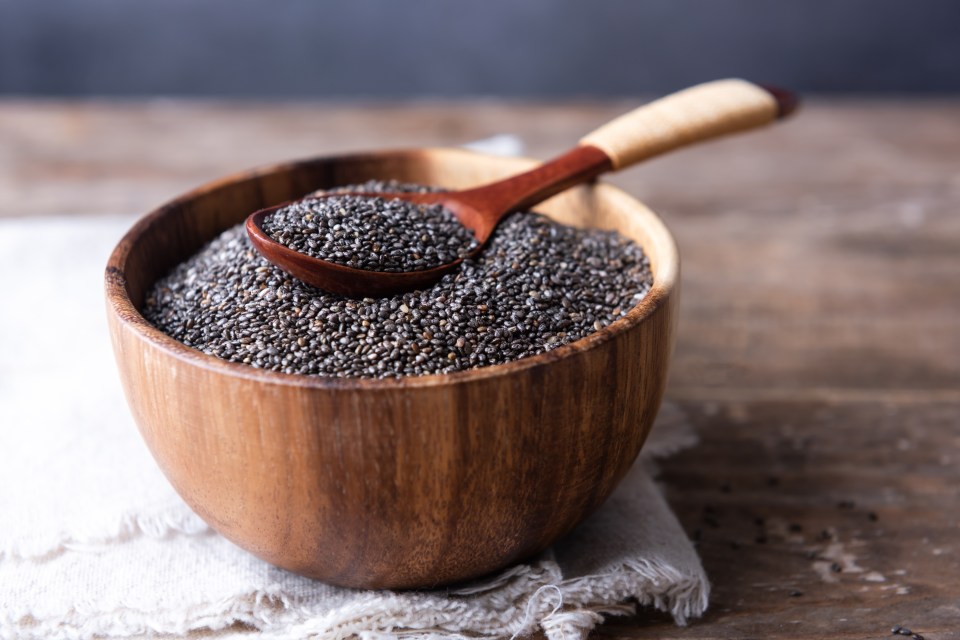
5
‘Seed cycling’ can help boost or hamper the production of the main sex hormonesCredit: Getty
Despite their tight grasp on our daily moods, most of us are out of touch with their powers.
Yet, with more than 2.3 billion views of the hashtag #hormonebalance on TikTok, it seems women are keen to find out how to improve their symptoms.
As many as 30% of menstruating women experience moderate to severe PMS each month, while up to 8% have the most severe form called PMDD.*
And up to 90% of women going through menopause say they suffer side effects, with 25% describing these as severe and debilitating.**
As a nutritionist, I repeatedly see the profound link between diet and hormones in my female clients.
Whether they are struggling with menstrual irregularities, low libido or have challenges conceiving, many are surprised to learn that what they eat can make a big difference.
The humble seed is the superfood to start with.
This cheap cupboard staple can help balance out hormones, lessening mood swings, brain fog, poor sleep and irregular periods.
By “seed cycling” – rotating different seeds over the course of a month – in theory, you can help boost or hamper the production of the main sex hormones, oestrogen and progesterone, depending on where you are in your cycle.
As a result, they can help relieve the debilitating symptoms that come with the monthly hormonal rollercoaster.
TikTokers are raving about chia seed water to lose weight WHAT DOES THE SCIENCE SAY?
Evidence shows that seeds are a good source of phytoestrogens – AKA plant chemicals that have oestrogen-like effects on the body.
One study in The Journal Of Clinical Endocrinology And Metabolism showed flaxseeds can help make periods more regular.
Another study, which looked at the hormonal effects of sesame seeds, showed consuming 50g daily over five weeks helped to increase sex hormones in post-menopausal women.***
Meanwhile, zinc in pumpkin seeds and vitamin E in sunflower seeds are both thought to support progesterone.
These morsels of goodness are also rich in fibre, which plays an important role in breaking down oestrogen, and contain anti-inflammatory omega-3 fats, as well as muscle-boosting protein.
WORK WITH YOUR CYCLE
First, you have to figure out how long your menstrual cycle is.
The average is 28 days, but what’s normal for you might be longer or shorter.
The first two weeks are known as the follicular phase, starting from day one of your period.
The second fortnight, known as the luteal phase, starts after ovulation, around day 14, and incorporates the days when you may experience PMS before your period.
Are your periods irregular?
Then try following the phases of the moon as a guide to simulate your body’s natural rhythm, because a full lunar cycle is roughly 29 days.
TRY THE DIET
Seed cyclers claim that taking 1tbsp per day of each specific seed (depending on what phase you are in) is enough to have an impact.
FOLLICULAR PHASE
SEEDS: Flaxseed and pumpkin seeds.
WHY? They’re rich in omega-3 fatty acids to reduce inflammation – a key driver of menstrual pain.
5
Try porridge with berries and flaxseed
Omega-3 fatty acids also help to increase blood flow to the ovaries and uterus, which can ensure healthy fertility.
MEAL SUGGESTIONS: Porridge with berries and flaxseed,
tuna salad with pumpkin seeds.
LUTEAL PHASE
SEEDS: Sesame and sunflower seeds.
WHY? They are high in magnesium, vitamin B6 and vitamin E to help support progesterone production, which rises during this phase.
5
Soy and honey chicken with sesame seeds and Mediterranean vegetables
Progesterone helps to counterbalance a rise in oestrogen, reducing breast tenderness and bloating.
MEAL SUGGESTIONS: Soy and honey chicken with sesame seeds and Mediterranean vegetables, protein smoothie with sunflower seeds.
‘I’M FULL OF ENERGY NOW!’
Fiona Lewis, 39, from north London, began experimenting with seed cycling when her periods started wreaking havoc on her life.
Her cycles became shorter – 21 days compared to the average 28 – meaning her periods were more frequent. They were also heavier.
“I had acne and I felt shattered all the time,” she says. Fiona had developed these issues over 18 months, before seeing a doctor.
“I went through the NHS initially, but it was so slow that I ended up going private,” she says.
“I saw a gynaecologist, who carried out several blood tests and scans, and told me I had mild endometriosis and adenomyosis, which were probably causing the issues, along with potentially starting perimenopause.”
Irregular periods are a key symptom of perimenopause.
“Doctors said that perimenopause could be a contributing issue,” says Fiona.
“But once my blood test results came back, they said my hormone levels were normal, so it wasn’t that. The only solution I was offered was the Mirena coil.”
The coil may be recommended as contraception during perimenopause to provide more of the hormone progesterone or to help with heavy periods.
“I really didn’t want to be putting hormones into my body and having to deal with the potential side effects of those,” says Fiona.
“Instead, I started doing my own research and became really interested in hormonal nutrition.
“A lot of the literature and research I came across mentioned seed cycling, so I tried it. Within a month, I noticed a difference.
“Whether it was a coincidence or not I don’t know, but after six months of sticking to the routine, I’ve never had more regular or ‘normal’ periods.
“I feel full of energy, can compete in my usual fitness competitions no problem, plus my acne has cleared up!”

